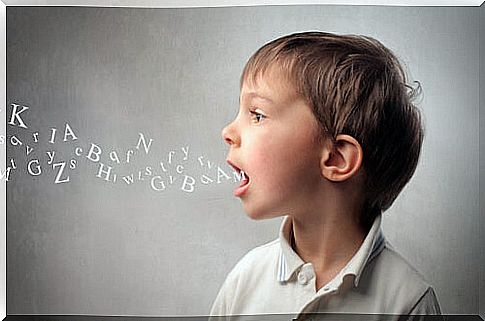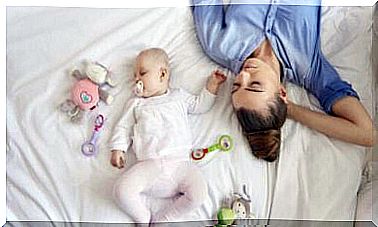My Child Doesn’t Pronounce The R And S: How Can I Help Him?

There will always be cases where a child does not pronounce the R and S. Even though it is a little difficult to imagine when one is an adult, learning to speak is a great challenge. There is a certain chance that children will get stuck, as in the case of not being able to pronounce certain sounds.
Is it a problem if my child doesn’t pronounce the R and S?
It is important to understand that there is no specific time limit in which the human being, in this case the child, must learn to pronounce all letters or words correctly.
In fact, this problem has become so common that dyslalia has been given the name specifically to the non-dangerous difficulty in pronouncing different sounds, whether these are consonants or vowels.
If a child does not pronounce the R and S correctly, it is due to the fact that they are more complicated sounds and tend to take longer to appear or develop in their language progression.
Furthermore, these sounds can become confused while speaking, due to the incorrect articulation of the sound. Despite this, the dyslalia or difficulty in articulating sounds can also be due to problems such as:
- Not having reached the maturity of the articulatory organs of sound due to excessive use of bottles and pacifiers.
- Diseases related to hearing loss, lingual frenulum, malformation of the organs of speech or respiratory problems.
- Delays in development.
- Bilingualism.
- Difficulty in controlling fine motor skills.
- Difficulty in perceiving and capturing movements.

How can dyslalia be prevented in children?
Although it is generally an acquired difficulty due to external problems that tend to get out of hand from parents, this anomaly can be prevented in several ways. Some of these are:
- Accustom the child to breathe through his nose and clean himself of excess mucus.
- Offer solid foods that require some effort to chew.
- Constantly examine the ear canals and their functioning.
- Play to the recognition of sounds through drums and instruments.
- Exercise the organs of articulation of sound through mouths or onomatopoeias.
These methods of preventing dyslalia must be carried out by people who are in constant contact with the child, such as teachers, cousins or siblings.
In this way, not only will you be able to notice any alteration in pronunciation or language development, but you will also be able to intervene on the problem as soon as possible.
How to improve the pronunciation of the child’s letters: the R and the S.
The difficulty in pronouncing the child’s letters, especially the R and S, can be significantly improved with different enunciation and articulation techniques:
Deep breathing
Before starting to speak, enunciate and articulate, it is necessary to prepare the speech apparatus with deep breathing exercises. In addition to helping children have a better understanding of the facial muscles, this will also help them relax.
In addition, these exercises will allow him to focus all his attention on the language. In this way, it will be easier for him to move it and, consequently, to pronounce the words.
Set a good example
If a child does not pronounce the R and S correctly it is because he has not been able to notice and understand the way to articulate them and generate his own in the right way.
However, this problem can be reduced considerably by showing him a good example of how to do it. Even exaggerating the articulation and the sound, so that he can understand it more easily.
Exercises for the language
The tongue is a muscle, and in the same way as any other of the many that the human body possesses, it must be cared for and trained appropriately through exercises that facilitate its movements. Here we present some examples:
- Move your tongue while chewing food.
- Touch all teeth with the tip of the tongue.
- Flex or bend the tongue quickly.
- Pull the tongue out and back in the mouth.

Take advantage of infant materials
Currently, there is a large variety of interactive material for young children. We can find books, videos and applications that can help to speak and pronounce sounds properly, especially the R and S.
If we use these tools properly, the child will not only be able to speak soon but will also enjoy the learning process. Remember: the playful aspect makes any learning process easier. Don’t hesitate to try it!









